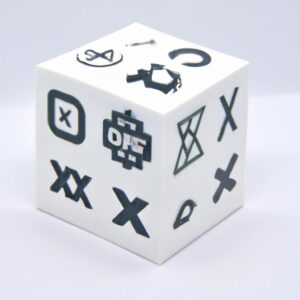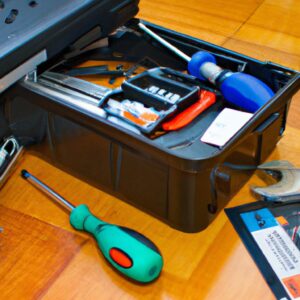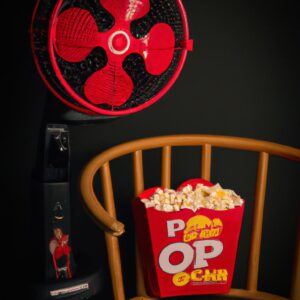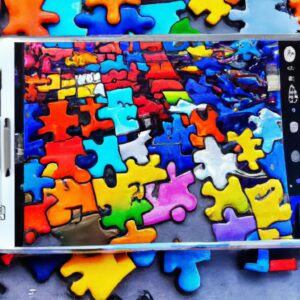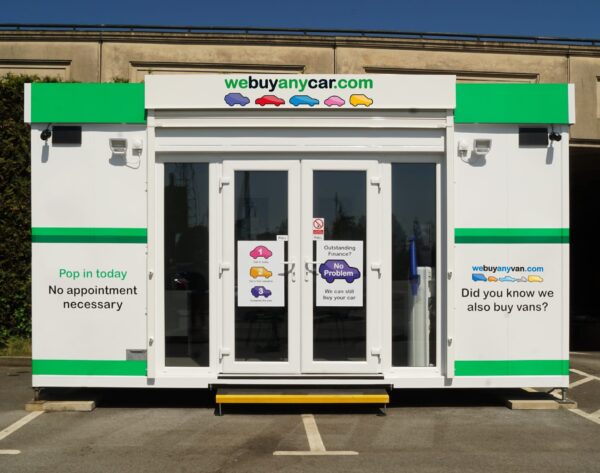Conquer 3D Printing: A Beginner’s Guide
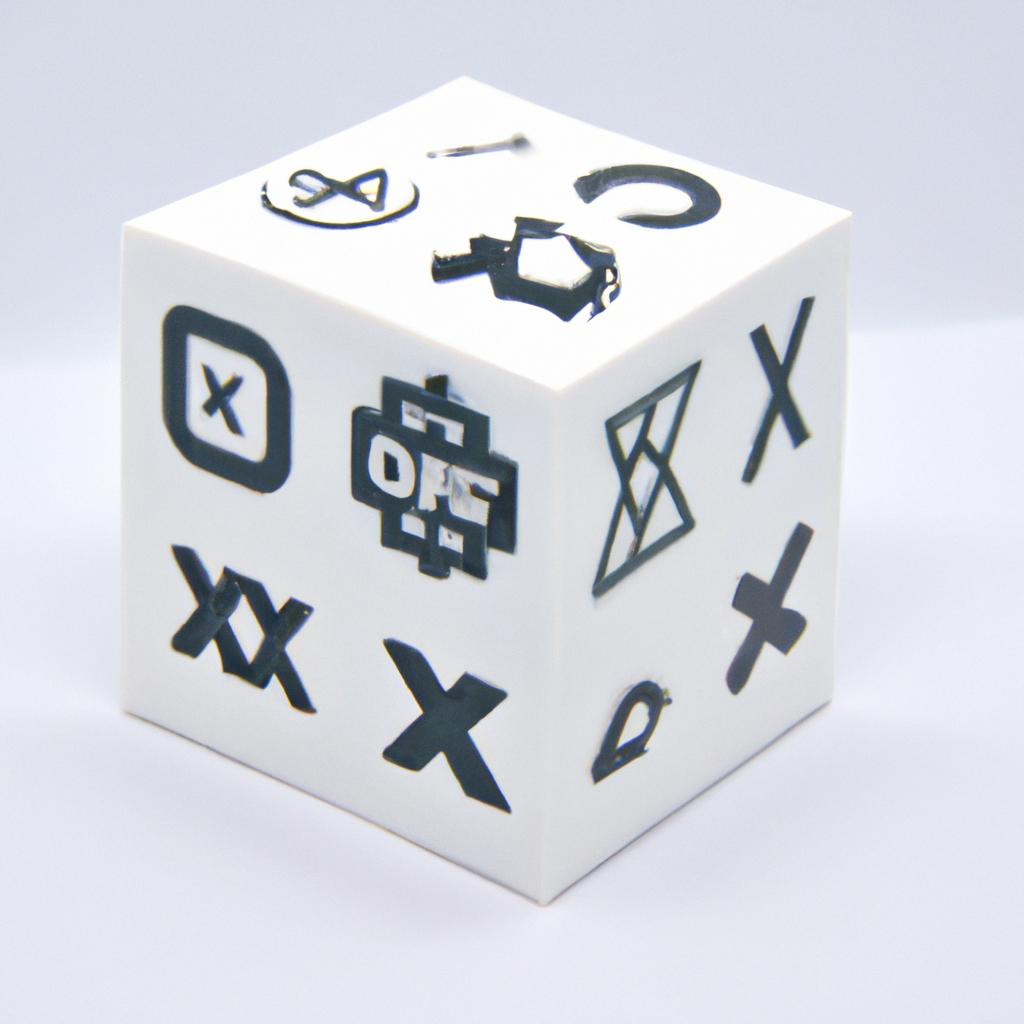
Introduction to 3D Printing Technology
3D printing is a revolutionary type of digital manufacturing technology that enables users to create physical objects from 3D digital designs. 3D printing has been gaining popularity in recent years as a cost-effective and convenient way to create both small and large items with a range of materials. This guide will cover the different types of 3D printers, the types of materials that can be used, how the process works, troubleshooting and maintenance tips, and the benefits of 3D printing.
Identify Types of 3D Printing Machines
3D printing is a rapidly growing technology, and with it comes a variety of different machines. 3D printers are broadly classified into three categories: Extrusion Technology, Powder-based Technology, and Binder Jetting Technologies.
- Extrusion Technology: This type of 3D printing uses heated material that is pushed through a nozzle onto a platform. The nozzle moves according to the design of the object being printed, repeating this process on all layers until the object is complete. Common materials used in extrusion are plastic and metal.
- Powder-based Technology: Powder-based technology starts by spreading a thin layer of powder across a platform. A special tool maneuvers around the platform depositing a glue-like substance where the object is supposed to be created. The printer then spreads another layer of powder and deposits some more glue, repeating the process until the object is finished.
- Binder Jetting Technologies: This technology works similarly to powder-based technology but instead of using glue the binder jetting printer disperses a binding agent onto the powdered material. The binding agent causes the powdered material to stick together, forming an object that was specified by its design.
These are the major 3D printing technologies available on the market, and each has its own set of benefits and drawbacks. Before choosing one you should carefully consider your needs and research which type is the most suitable for your project.
What Materials Can Be Printed with 3D Printers?
3D printing technology has made leaps and bounds in recent years, pushing the boundaries of what is possible with traditional manufacturing processes. With a 3D printer, you are able to create intricate designs with a variety of materials including plastics, metals, ceramics, and even food items.
The most common material for 3D printing is a plastic polymer, which can be sourced from a variety of sources including spools of filament, ready-made pellets, and powder-based materials. Depending on the type of 3D printer, these polymer materials can be used to create durable, high-strength objects that are strong enough for everyday use.
Metal 3D printers are also becoming popular in the consumer market, allowing users to print with metal alloys. This type of 3D printing technology is ideal for producing higher-end products with a much higher strength than plastic 3D printers. Additionally, metal 3D printers allow for greater design flexibility, allowing users to create complex shapes that would otherwise be impossible to create with traditional manufacturing methods.
Ceramic 3D printers are another type of 3D printing technology that is beginning to gain popularity. This technology allows users to create intricate designs with a variety of ceramic materials, including porcelain, terracotta and stoneware. Ceramic 3D printing is perfect for creating unique sculptures and other artistic pieces.
Finally, food 3D printers are becoming increasingly popular as they offer users the chance to create unique food items quickly and efficiently. Food 3D printers allow users to print edible creations such as cakes, chocolates and treats. Food 3D printers are a great way to experiment with culinary delights and create something truly unique.
How Does 3D Printing Work?
3D printing technology has come a long way in just a short amount of time. To understand how it works, you need to know about the nodes option, slicer software, and layout.
The Nodes Option
In this process, the 3D model is broken down into a series of nodes or cells. The printer then reads these nodes as instructions on how to build the object. The number of nodes depends on the complexity of the object that needs to be printed.
The Slicer Software
The slicer software is an essential part of the 3D printing process. It is responsible for translating the 3D model into instructions that are recognized by the 3D printer. Typically, slicing takes place in three dimensions: X, Y, and Z. Each layer is then processed to create the final printed item.
The Layout
Once the nodes have been created and sliced, the layout of the 3D printer is then taken into account. Factors such as the nozzle size, material type, and temperature are all considered to ensure the 3D printer can work effectively and safely.
By understanding how the nodes option, slicer software, and layout all work together, you can begin to appreciate the complex process of 3D printing technology. With these components in place, you can create almost any object imaginable.
Troubleshooting & Maintenance Tips For 3D Printers
Maintaining your 3D printer is key to ensuring this technology runs optimally and produces the highest quality product. Here are some troubleshooting and maintenance tips to help you do just that:
- Check the filament feeder consistently for any possible blockages or obstructions.
- Clean the extruder regularly to avoid clogging.
- Make sure the nozzle is free of debris.
- Calibrate the printer regularly to ensure its accuracy.
- Be aware of possible over- or under-extrusion, which can affect the print quality.
- Check the bed leveling and ensure it is correct so prints adhere correctly.
- Check the temperature settings and make sure they are suitable for the material being used.
- Change out parts when needed and keep the hardware in good condition.
- Monitor the progress of the print job.
By following these steps, you will be able to successfully maintain and troubleshoot your 3D printer to ensure it is running at optimal performance.
What Are the Benefits of 3D Printing?
3D printing technology offers a range of advantages that make it an attractive option for many businesses. One of the major benefits of 3D printing is its cost efficiency. By using 3D printing, businesses can reduce their production costs because they don’t have to order for a minimum quantity of materials. This could be especially helpful for smaller companies who may not be able to afford such large orders. Additionally, 3D printing also helps to speed up the production process since it can be done in-house.
Also, with 3D printing technology, businesses and manufacturers can create products with higher quality and precision. The precise details that can be captured in 3D printing technology can lead to products that look and perform more accurately than traditional methods. Furthermore, 3D printing opens up new opportunities for creativity and innovation, as it allows for freedom in designing different shapes and sizes.
Another benefit of 3D printing technology is its environmental sustainability. 3D printers use much less material than traditional manufacturing processes, resulting in less waste. Also, with 3D printing, you can use biodegradable and recycled materials, making your production process more eco-friendly.
In summary, 3D printing technology offers a variety of benefits for businesses, including cost efficiency, increased speed of production, better product quality, and more. For businesses looking to stay at the forefront of innovation, 3D printing technology is a great option to consider.
Conclusion
3D printing technology is an innovative way to create physical objects from digital models. It has revolutionized the manufacturing process, allowing for increased speed, improved product quality, and cost efficiency. As 3D printing technology continues to develop, more applications will become possible, making it an incredibly useful tool for businesses and individuals alike.
The possibilities for 3D printing are almost limitless, and it’s easy to understand why it is gaining popularity. This beginner’s guide has provided an introduction to the world of 3D printing and covered topics such as different types of 3D printers, materials used, how it works, tips for troubleshooting and maintenance, and the benefits of 3D printing. Armed with this knowledge, you’re ready to explore and experiment with 3D printing technology yourself.
comments: 0
